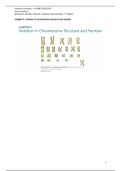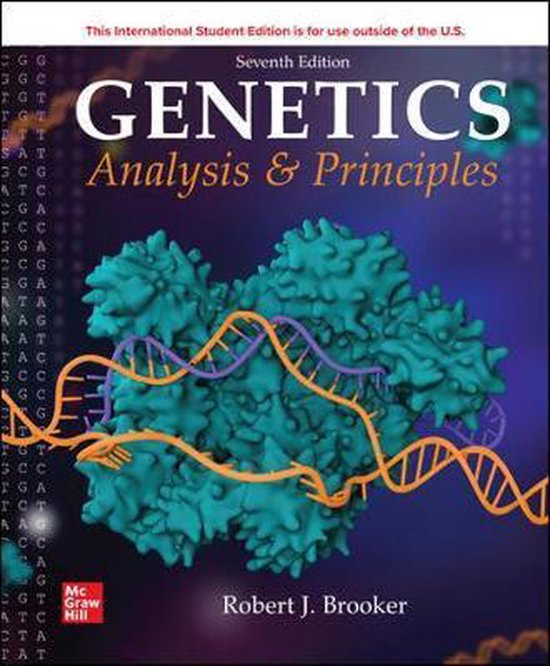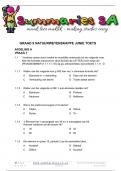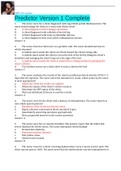Samenvatting
Genetics Brooker summary chapter 8 - Variation in chromosome structure and number
These summaries (in English and provided with many supporting figures from the book) will help you to obtain a great grade for the course 'Genetics' in the first year of Biomedical Sciences at the VU. With learning al my summaries and lecture notes (see my other documents), I finished this course w...
[Meer zien]







